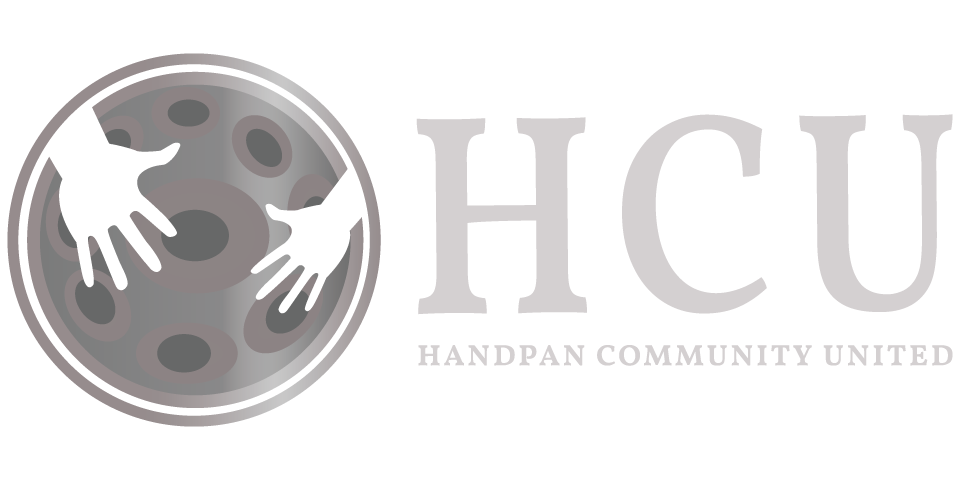Legal Advice for Handpan Builders: Understanding the PANArt Copyright Lawsuit
What’s Happening with PANArt’s Copyright Lawsuit?
Hello everyone! At the moment we receive many questions from handpan builders regarding how the court’s verdict in the first phase of the trial affects their work. With this article we want to give you a summary and answer the most relevant legal questions.
- General information
Which countries are affected?
The current legal battle is mainly relevant for Switzerland, Germany, and the Netherlands. There’s no unified EU copyright, so PANArt would need to establish copyright protection separately in other countries. While PANArt might have a shot at success in other EU countries (since European courts often take cues from each other), it’s a big ask for them to file new lawsuits everywhere. It will be time-consuming and expensive. Contrary to what they published on their blog, copyright in the rest of the EU is not subject to this lawsuit.
What’s Protected and What’s Not
Right now, it’s still up in the air how broad or narrow the copyright protection is in Switzerland, Germany, and the Netherlands. We don’t yet know which handpans might infringe on the copyright and which won’t. The lawsuit focuses on four key elements: the lens shape, central tone field, central Gu hole, and circular arrangement of tone fields. During the trial, judges hinted that some designs, like the Ayasla Instruments D Kurd 109 or a pink handpans, might not infringe. Unfortunately these comments didn’t make it into the final ruling, but they were noted during the hearings.
Many modern handpans, like Mutant instruments or those with bottom notes, already differ significantly from the traditional design. According to our lawyers, there is a good chance these differences aremight be enough to avoid copyright issues. If the lawsuit continues, by the end the court will most likely draw a clear line between infringing and non-infringing instruments. We are confident that there will be a solution that will allow you to continue to build handpans without compromise to the instrument’s quality. That is the core goal of our work.
Looking Forward to Legal Clarity
We aim to get definitive guidelines from the Court. Once these guidelines are established, handpan builders around the world will be free to create their instruments as long as they follow the Court’s rules.
- Can you end up in court with PanArt if you continue to build handpans now?
Damage Claims
PANArt has suggested the possibility of claiming damages. While our lawyers think it’s unlikely they’ll go after every handpan builder, here is what you need to know in case to be prepared:
Time Limits
Damage claims have a three-year statute of limitations. PANArt would need to prove why they only recently discovered a specific builder’s activities to extend this period. If you have a public presence, it’s unlikely PANArt’s claims to extend the period beyond 3 years will hold up.
- What would be the theoretical cost in damages?
Damage claims typically amount to around 1-10% of revenue and are (so far) limited to Switzerland, Germany, and the Netherlands
- Cost of Litigation for PA
PANArt would have to litigate each instrument individually to prove copyright infringement, which would be prohibitively expensive. For instance, pursuing damages for a single handpan could cost them in the 10000s in legal fees, while the recoverable damages might be comparatively very low. It’s clearly not financially viable in most cases.
Criminal Prosecution Concerns
Criminal prosecution for copyright infringement usually targets large-scale, organized operations, not individual builders. Our legal team believes it’s highly unlikely that prosecutors in Switzerland, Germany, or the Netherlands would pursue individual handpan builders. Even if PANArt files a complaint, the cost and likelihood of dismissal due to lack of interest make this an improbable route for them.
- How to Protect Yourself
While we wait to see which handpans might infringe on the copyright, there are steps you can take to protect yourself. If there’s no out-of-court settlement, the legal battle could continue for another 2-4 years. Eventually, the court will clarify which handpans violate the copyright, ideally providing guidelines to avoid infringement.
We think PANArt is unlikely to target smaller builders for damages. If they do, it will only affect handpans that fall within the “scope of protection,” which is still undefined. To reduce your risk, you can consider modifying your designs to change one or more of the 4 relevant elements (lens shape, central outie bass note on top, one circle of tone fields and central gu hole on the bottom.
Some options could be outie bottom notes, off-center Ding and Gu, Cyclops/Mutant instruments, or additional outies on the top. While we can’t guarantee these changes will protect you (since the court’s decision is still pending), each modification lowers the chances of falling within the protected scope.
- Our Approach to Settlement Negotiations
We’ve always believed that visual differences between Hang and handpans are absolutely ok as long as they don’t compromise function, sound, or playability. PANArt has publicly stated their goal to make handpans and Hang visually distinct. For this, various easy solutions could be found, like using different colors, which already set many handpans apart from Hang or other visual features that don’t affect function.
However, PANArt’s concrete proposals so far have focused on functional changes, which we believe would significantly limit the handpan’s capabilities.
Our goal remains to either find a settlement ensuring clear visual distinction without functional restrictions or to continue litigation until the court defines the scope of protection. We’re optimistic that many modern handpans may already lie outside this scope and can continue to be produced without modifications.
This article aims to give you the information you need to navigate this complex legal landscape. By understanding the current situation and potential outcomes, you can make informed decisions to protect your craft and livelihood. Happy building!
